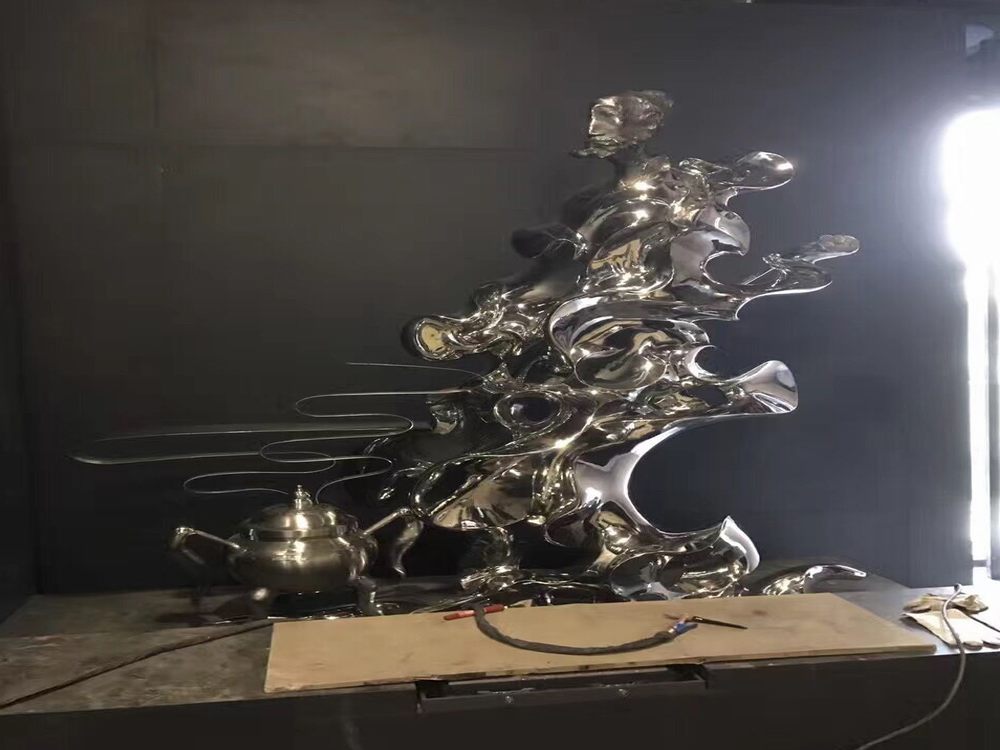
Creating a sense of movement in static porcelain sculptures is a delicate art that combines technical skill and creative vision. One of the most effective methods is through dynamic composition, where the arrangement of forms suggests motion. For example, asymmetrical designs or tilted angles can evoke a feeling of action, as if the sculpture is caught mid-movement.
Another technique involves the use of flowing lines and curves. By incorporating undulating shapes or spiraling patterns, artists can mimic the natural motion found in wind, water, or human gestures. This approach draws the viewer’s eye along the sculpture, creating an illusion of movement.
Texture and surface treatment also play a crucial role. Subtle variations in glaze, such as gradients or crackling, can simulate the effect of light reflecting off a moving surface. Additionally, strategic placement of shadows and highlights enhances the three-dimensional quality, making the sculpture appear to shift as the viewer moves around it.
Finally, contextual display choices—such as mounting sculptures at unconventional angles or pairing them with reflective surfaces—can amplify the perception of motion. These methods transform static porcelain into captivating, dynamic art pieces that engage and mesmerize audiences.

